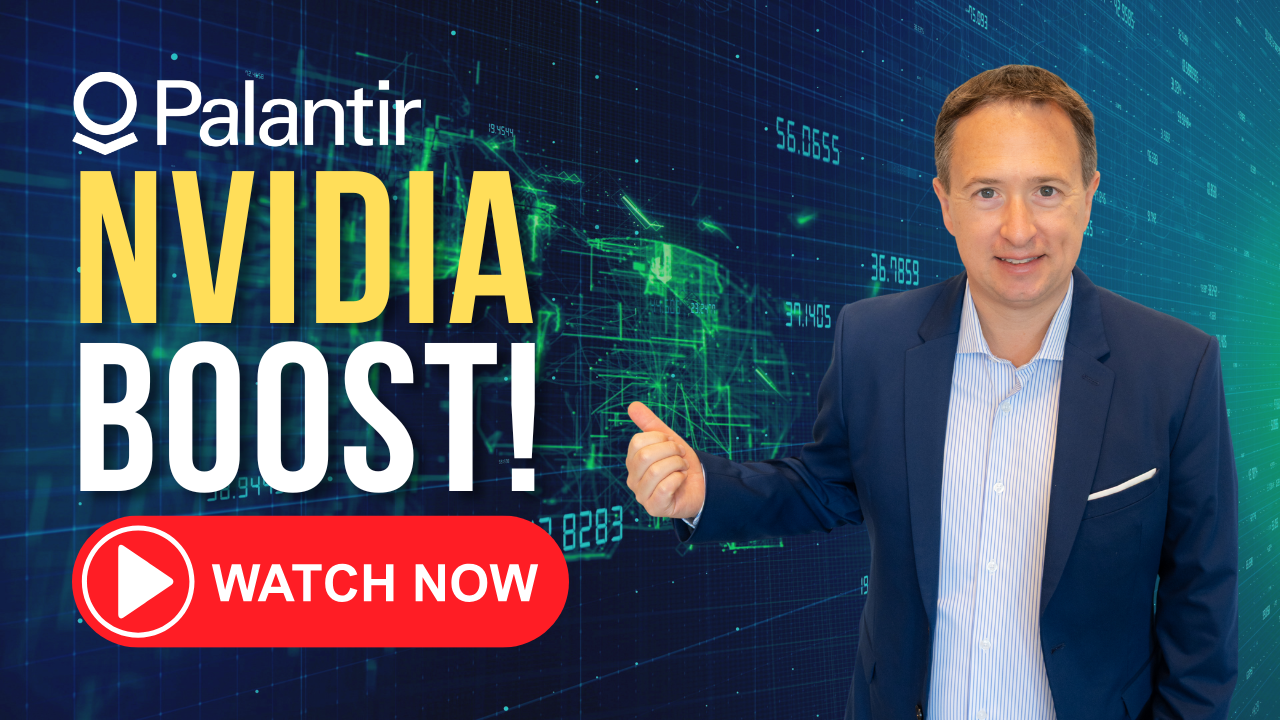Throughout 2025, technology stocks have been whipsawed by the latest news or rumors surrounding the economy, interest rates, and tariffs. One stock that has demonstrated a degree of immunity to these dynamics is data mining darling Palantir Technologies (PLTR +4.73%). With shares up 82% on the year, Palantir is the top-performing stock in the S&P 500 index so far this year.
While this level of momentum may cause trepidation among cautious investors, more bullish analysts, such as Dan Ives, see the rise of Palantir as an unstoppable force. In fact, Ives thinks Palantir is on its way to joining the trillion-dollar club before the end of the decade.
Personally, I am in a different camp. Right now, Palantir is trading at valuation multiples that are far higher than those investors witnessed in the late 1990s during the dot-com bubble. In short, I think a large-scale valuation normalization is in store for Palantir.
By contrast, emerging infrastructure services provider CoreWeave (CRWV +4.85%) looks well-positioned to dominate the next chapter of the artificial intelligence (AI) narrative.
Let's explore Palantir's rise and why I think the stock is due for a pullback. From there, I'll dig into CoreWeave's underlying business and explain how I think the company could eclipse Palantir's size over the next five years.

NASDAQ: PLTR
Key Data Points
Palantir versus CoreWeave: converging AI storylines
Palantir's breakout moment occurred in April 2023 when the company released a new product called the Artificial Intelligence Platform (AIP). Palantir markets AIP to both the private and public sectors -- with the U.S. Military being one of Palantir's key partners.
Unlike other data analytics platforms, AIP differentiates itself by helping large, complex businesses build ontologies. An ontology is a detailed visualization (i.e., a map) that illustrates various aspects of a business by breaking down revenue sources, cost structures, and other critical information in extreme detail. This process can help executive-level decision-makers model simulations using real-time data to assess the impact of different variables on the business.

Image source: Palantir Investor Relations.
As investors can see from the figures above, Palantir's customer count is surging thanks to AIP's popularity. The subtle takeaway from the graphs above is that AIP has helped Palantir branch out beyond its heavy reliance on public sector deals, as evidenced by the faster growth rate in commercial customer counts compared to overall customer growth at the company. Given these trends, I think it is reasonable to say that software has been top of mind for AI developers over the last couple of years.
Nevertheless, I believe CoreWeave's long-term prospects are more robust compared to Palantir's.
CoreWeave specializes in a cloud-based infrastructure through which it rents out access to Nvidia graphics processing unit (GPU) architectures to its customers. To help paint a picture of how strong demand for chip access is expected to become, consider that global management consulting firm McKinsey & Company forecasts $6.7 trillion spent on AI infrastructure by 2030. The majority of this spend is likely going to be allocated to hardware products (chips) for data centers.
In my eyes, augmenting software with more AI-centric capabilities is part of the first phase of broader investment in the technology. Hence, Palantir has been a major beneficiary.
But over the next several years, I think investing in AI infrastructure will become a greater focus for AI's biggest spenders -- namely, cloud hyperscaler developers such as Microsoft, Amazon, Alphabet, Oracle, Meta Platforms, OpenAI, and others. CoreWeave already works with many of these companies, and I expect rising infrastructure spend to serve as a bellwether for the company in the coming years.

Image source: Getty Images.
What does Wall Street think?
The charts below illustrate Wall Street's consensus revenue and earnings estimates for Palantir and CoreWeave over the next couple of years.
PLTR Revenue Estimates for Current Fiscal Year data by YCharts. EPS = earnings per share.
Per the figures above, investors can see that CoreWeave is already on pace to generate more revenue than Palantir this year. And yet, Palantir currently boasts a market capitalization of $326 billion -- nearly fourfold that of CoreWeave.
On top of that, analysts expect CoreWeave's revenue to rise by more than threefold while transitioning to profitability within two years. By contrast, Palantir's revenue and profits aren't expected to even double during this same period.
While these estimates will likely change as both companies continue to form new strategic partnerships and release new products, I think, broadly speaking, the secular trends supporting the AI narrative lean more in favor of CoreWeave over the next five years. Nvidia is expected to continue releasing more GPU architectures, while cloud hyperscalers show no signs of slowing down AI capital expenditures (capex).
At some point, I think the reality of Palantir's actual growth will catch up with the sober overzealous sentiment currently surrounding the company. Ultimately, I believe this will result in a sell-off by growth investors seeking more robust prospects.
Should you buy CoreWeave stock right now?
Although I am optimistic about CoreWeave's long-term prospects, I think the stock is overbought right now. Following its initial public offering earlier this year, shares of CoreWeave are up by nearly 300%. For now, CoreWeave is exhibiting the behavior of a meme stock. I think the prudent strategy is to begin initiating a position at a more reasonable price point.
In terms of the big picture, though, CoreWeave's long-term prospects look encouraging, and I believe the company's valuation will steadily climb over the next five years at a steeper rate than Palantir's.







